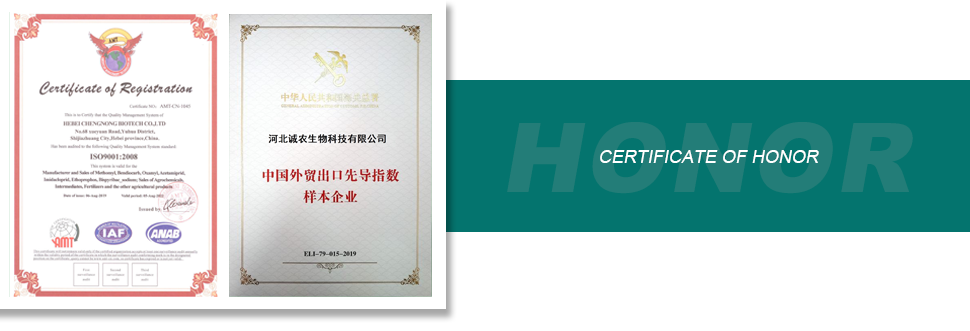
Des . 04, 2024 16:51 Back to list
herbicides for weed control
Herbicides for Weed Control An Essential Tool in Agriculture
Weeds, often considered the nemeses of farmers and gardeners alike, can drastically reduce crop yields and interfere with the growth of desired plants. Managing these invasive species is crucial for the health of agricultural ecosystems, and herbicides have emerged as a fundamental tool in this battle. This article explores the role of herbicides in weed control, their types, application methods, and considerations for responsible use.
Understanding Herbicides
Herbicides are chemical substances specifically designed to kill or inhibit the growth of unwanted plants. They can be classified into two main categories non-selective and selective herbicides. Non-selective herbicides, such as glyphosate, target all plants indiscriminately and are commonly used for managing fallow areas, roadside maintenance, and industrial sites. In contrast, selective herbicides are designed to target specific types of weeds while leaving the desired crops unharmed. This selectivity makes them invaluable in agricultural settings, where the protection of crops is paramount.
Types of Herbicides
Herbicides can also be categorized based on their mode of action. Some herbicides act by disrupting the photosynthesis process in plants, while others interfere with the metabolic pathways or the cell division process. For example, pre-emergent herbicides work by preventing weed seeds from germinating, making them an essential part of early weed management strategies. Post-emergent herbicides, on the other hand, are applied after the weeds have emerged and are actively growing, allowing for targeted treatment of problematic species.
Application Methods
herbicides for weed control

The effectiveness of herbicides hinges not only on their chemical composition but also on how they are applied. Farmers typically use various methods, including spray applications, granules, and soil treatments. The choice of application depends on factors such as the type of weed, the crop being protected, and environmental conditions. Additionally, advancements in technology, such as precision agriculture and drone applications, have enhanced the accuracy and efficiency of herbicide applications, reducing the overall volume needed and minimizing environmental impact.
Considerations for Responsible Use
While herbicides are effective tools for weed control, their use must be approached with caution. Over-reliance on these chemicals can lead to several issues, including the development of herbicide-resistant weed populations. This resistance presents a significant challenge, as it can render certain herbicides ineffective, leading farmers to apply higher doses or resort to multiple applications, which can further exacerbate the problem.
Moreover, proper handling and application of herbicides are crucial to minimizing environmental side effects. Farmers must adhere to guidelines regarding application rates, timing, and conditions to ensure that herbicides do not negatively affect non-target species or contaminate water sources. Incorporating integrated weed management strategies, such as crop rotation, cover cropping, and mechanical weed removal, can help mitigate herbicide dependence and promote sustainable agriculture.
Conclusion
Herbicides are undeniably a crucial component of weed management in agriculture. When used responsibly and in conjunction with other management practices, they can significantly enhance crop yields and maintain the health of agricultural ecosystems. As the agricultural landscape continues to evolve, embracing innovative approaches to weed control will be vital in ensuring food security and environmental sustainability. By balancing the effective use of herbicides with ecological considerations, farmers can optimize their practices and contribute to a sustainable future in agriculture.
-
Kasugamycin Fungicide: Efficient Bacterial & Fungal Control
NewsAug.02,2025
-
Emamectin Benzoate: AI-Optimized Pest Control Solution
NewsAug.01,2025
-
Best Abamectin 95% | Top Pesticide for Crop Protection
NewsJul.31,2025
-
Insecticide Spirotetramat 11% + Thiacloprid 11% SC at Good Price
NewsJul.30,2025
-
Best Abamectin SDS - Premium Quality & Reliable Safety Data
NewsJul.29,2025
-
Agrochemicals Pesticides Solutions for Sustainable Farming
NewsJul.29,2025
